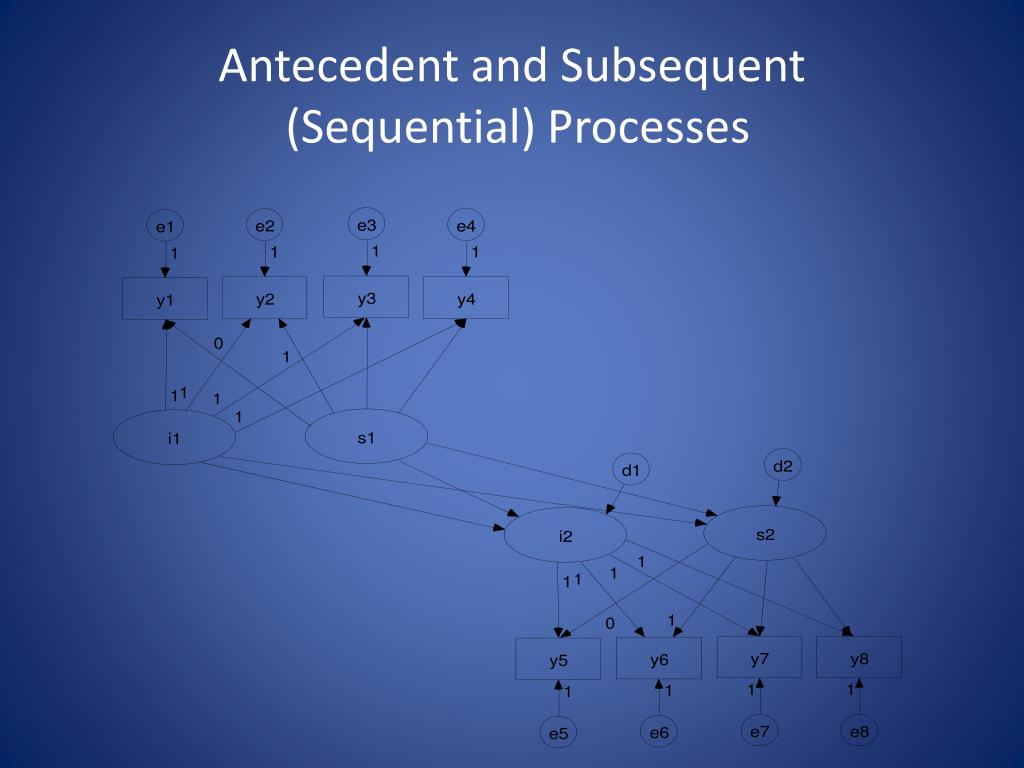

- #Sequential testing point process renewal theory verification#
- #Sequential testing point process renewal theory software#
Levels of testing in V model are Unit testing : each component is tested by the developer ,Integration testing :The developer tests if the functionalities work together as expected ,System testing: the tester tests the system as a whole and Acceptance testing:which is done by the end user either at the client company or real time environmentġ. Q3.What are different levels of testing in V model?
#Sequential testing point process renewal theory verification#
Verification on the other hand is quality control which means if any defects are found, the developer also corrects it. Validation is the testing part of the lifecycle that is the Quality assurance process where we only test if the functionalities are working as expected or not. V model and some models following incremental approach are 1.Spiral and 2.Agile scrum Popular models following sequential approach are 1.Waterfall and 2. SDLC models are classified broadly into two categories based on approach namely 1.Sequential and 2. Identify the different types of SDLC models. The right side of V model is termed as Validation- “Are you building the right thing” and left side is Verification – “Are you building it right?”. The testing carried out by the end users in IT environment is termed as Alpha testing and in the real environment is termed as Beta testing.
#Sequential testing point process renewal theory software#
The business analysts coordinate and software testers might have to provide testing assistance to users. The UAT is done by end users either in the IT environment or real environment for acceptance of the software. System testing is followed by User acceptance testing(UAT). The various software testing tools and procedures are used for testing the software. The software can be released to the client only after the approval from QA team. Both the functional and nonfunctional requirements of the software are tested to identify the defects and verify the software behavior. The system testing is done by the independent software testing team. The next level of testing is integration testing, wherein the interfaces between the programs or the modules are tested, often carried out in the development environment. The development environment supports the component testing with the debugging tools that are inbuilt. The statements, decisions, programming standards are tested at the program level. In the component testing, each program component is tested independently in isolation by the developers. At each level of software development, different documents produced are used as Test Basis. The V model has the four levels of software testing- the Component(unit) testing, integration testing, system testing and acceptance testing levels. This model is applicable only for simple and low budget projects.Īnother popular sequential approach to develop the software is V model.

The IT team starts the software development processes with clear and complete requirements from the client. The new requirements or changes in the requirements in the mid of the project are not acceptable. It follows the top-down approach to develop the software, hence the name waterfall model. Waterfall model is also known as the traditional model, classic model, predictive model. The popular SDLC models that follow sequential processes are waterfall model, V model etc. The IT Project Manager or IT company framework chooses the most appropriate SDLC model for software development. The varying environments of software development, technology, client requirements, budget constraints etc. The classification of the SDLC models in software development is due to the differential project scenarios. The approaches to developing the software can be broadly classified into the sequential approach and iterative/incremental approaches. The ISO/IEC/IEEE 12207:2017 standard also provides the well-defined set of software life cycle processes for development of software. For detailed understanding of the steps, visit my article on this link (). SDLC (Software Development Life Cycle) is a step by step approach to developing the software.


 0 kommentar(er)
0 kommentar(er)
